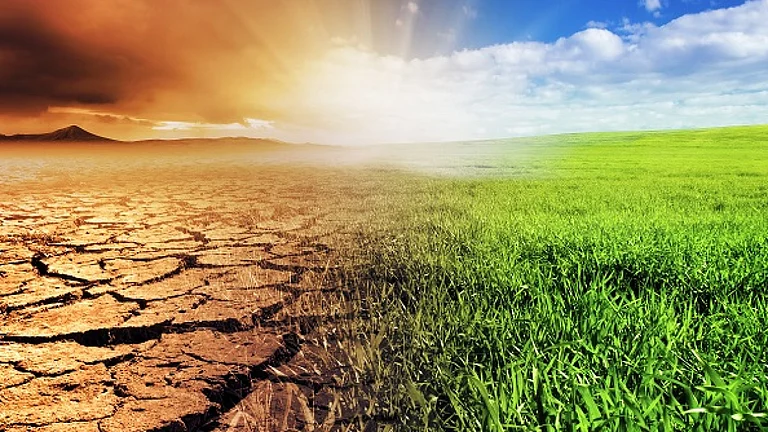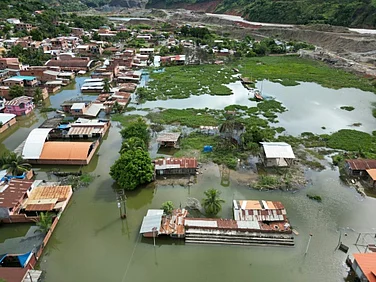China’s Glaciers Shrink by 26% in 60 Years: How It Affects Water Resources and Climate Change?
March 27, 2025
China’s glaciers have shrunk by 26% in the last 60 years, with significant implications for water resources, sea-level rise and climate change, prompting urgent technological interventions

China’s glaciers have shrunk by 26% in the last 60 years Photo by Lu Li
China’s glaciers have shrunk by 26% in the last 60 years Photo by Lu Li
China’s glacier area has shrunk by 26% since 1960 due to rapid global warming. Official data reveals that 7,000 small glaciers have disappeared completely and glacial retreat intensified in recent years, reported Reuters.
The rapid retreat of China’s glaciers not only impacts regional water supplies but also contributes to global sea-level rise, affecting millions worldwide.
As the important water towers continue to shrink, reduced availability of freshwater is expected to increase competition for water resources, according to environmental groups. Glacier retreat also poses new disaster risks, reported Reuters.
In comparison, there were around 59,000 square kilometres and around 46,000 glaciers in China between 1960 and 1980, the study showed.
Efforts to Combat Glacier Melt
To save its melting glaciers, China has used technology including snow blankets and artificial snow systems, to delay the melting process.
Various technological methods have been used to help preserve China’s glaciers and slow the ongoing melt. According to UNESCO, the technology to combat melting glaciers in China includes the use of thermal blankets, artificial snowmaking, geotextiles to increase albedo and nanomaterials.
`); }
These methods aim to slow down glacier melting by improving thermal insulation, enhancing reflection of sunlight and reducing absorption of solar radiation.
Additionally, advanced snowmaking techniques and algorithms have been developed to increase glacier mass and decrease melt rates. Other strategies involve reducing greenhouse gas emissions, employing green electricity for snowmaking and using drones for glacier surface monitoring.
Impact on Climate Change
Given the current pace of ice loss, from the Arctic to the Alps, from South America to the Tibetan Plateau, is expected to accelerate as climate change, caused by the burning of fossil fuels, pushes global temperatures higher, reported Reuters.
`); }
This, according to Reuters, would likely exacerbate economic, environmental and social problems across the world as sea levels rise and these key water sources dwindle.
Search
RECENT PRESS RELEASES
Related Post



















